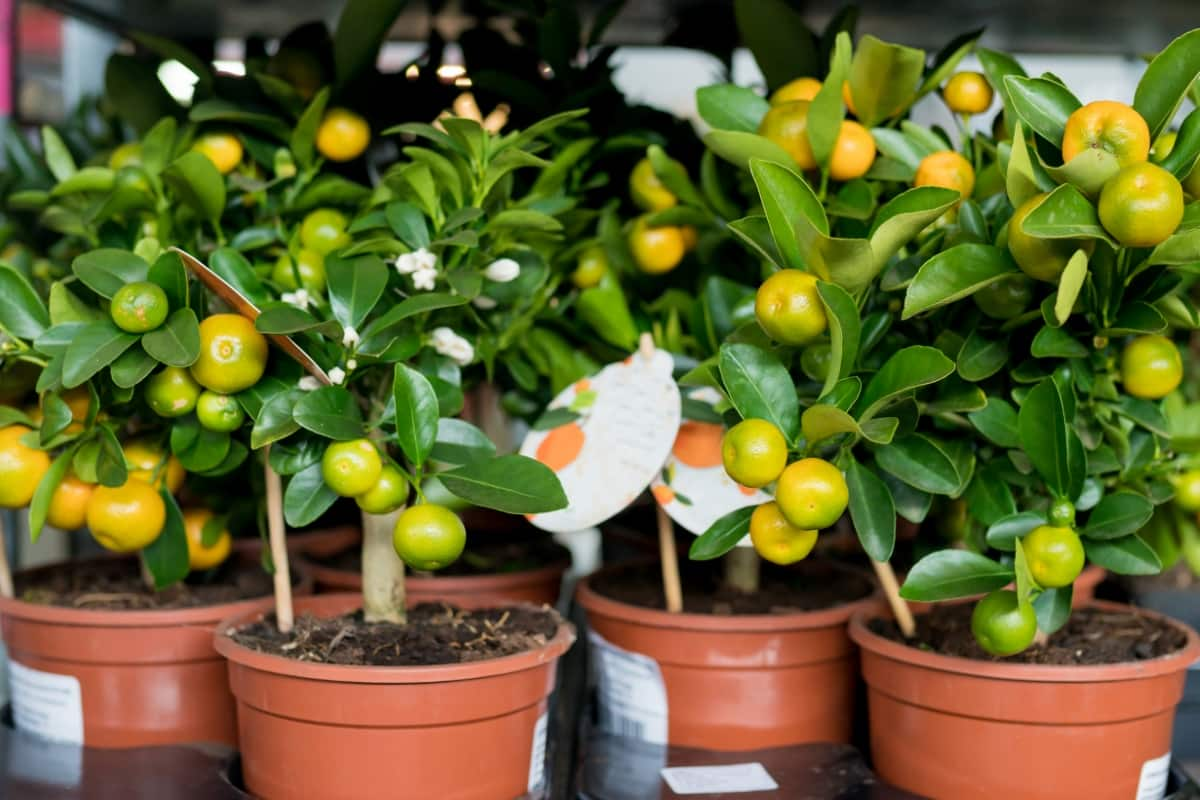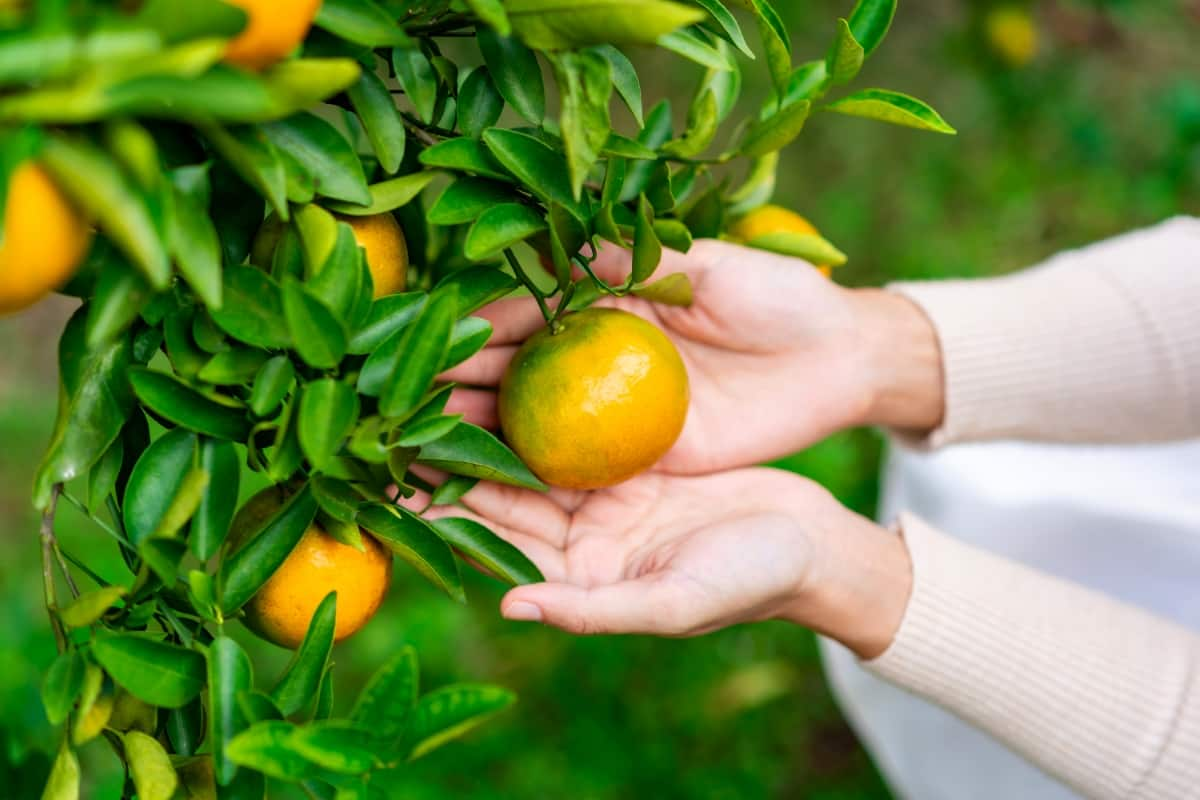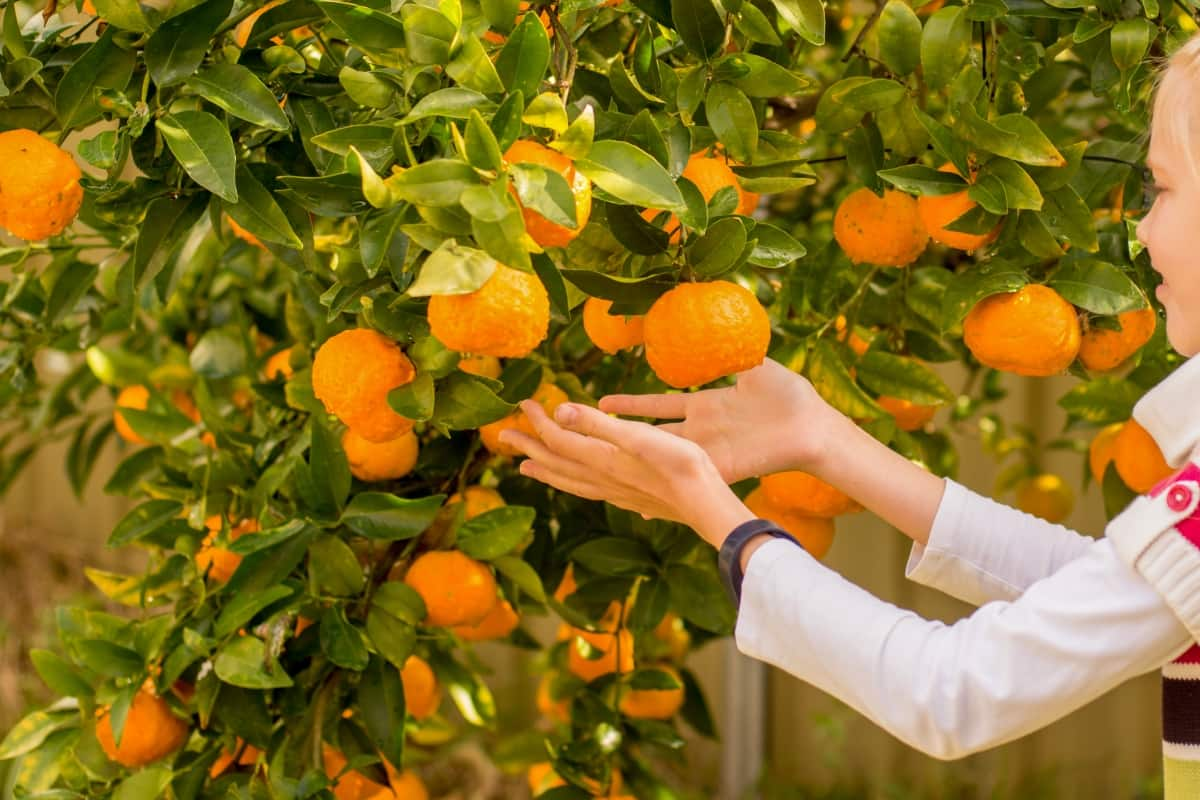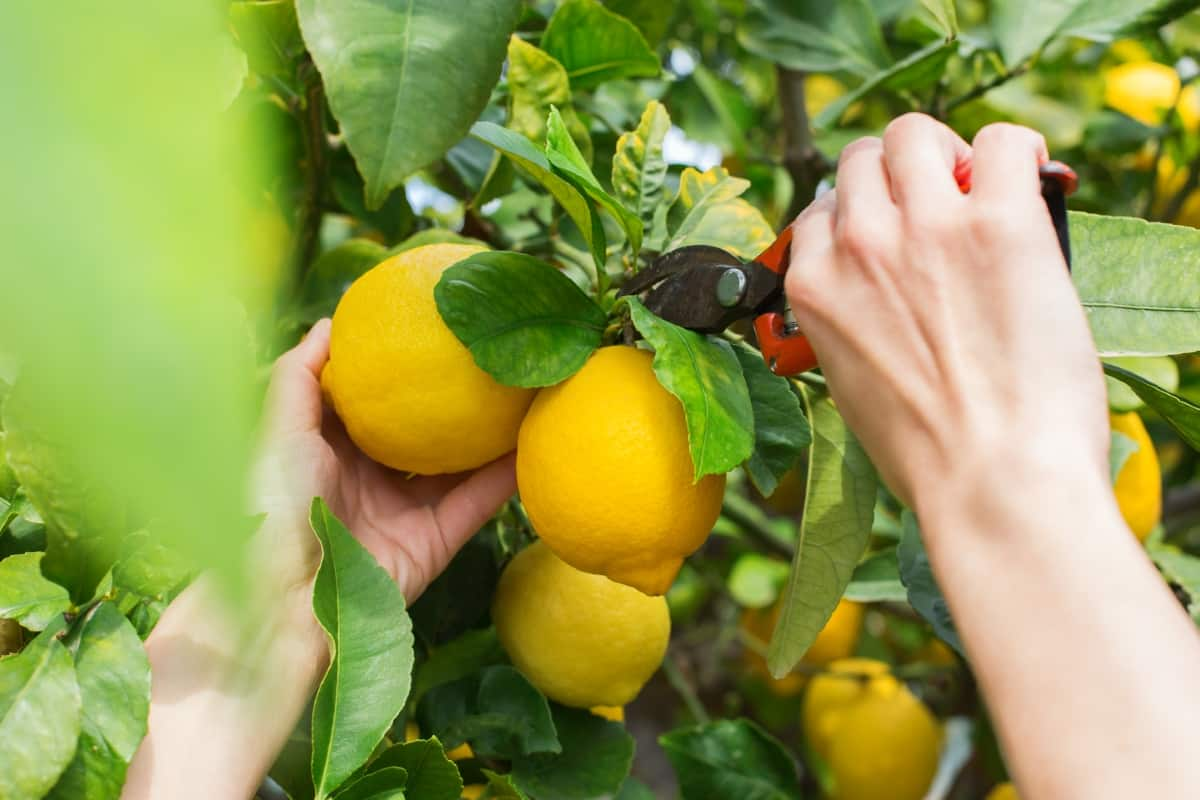Growing bigger, healthier citrus fruits is a goal for many orchard owners, and achieving this requires a combination of good practices. This includes optimizing soil nutrients, ensuring adequate sunlight, proper pruning, efficient irrigation, timely fertilizer application, fruit thinning, and pest control.

Understanding how to increase citrus fruit size involves a holistic approach, focusing on each aspect, from soil health to pest management. The use of citrus micronutrient fertilizer, max size fertilizer, and fertilizer to increase fruit size, including tomato fruit size, is integral to this process. Let’s delve into the strategies that can help in getting bigger citrus fruits in your orchard.
How to Increase Citrus Fruit Size
Optimizing Soil Nutrients for Larger Citrus Fruits: A Comprehensive Guide for Orchard Owners
Healthy soil is the foundation of larger citrus fruits. To optimize soil nutrients, start by testing the soil to determine its nutrient profile. This knowledge helps in selecting the right type of fertilizer to increase fruit size. Citrus micronutrient fertilizers are essential as they provide specific nutrients required by citrus trees.
Regular application of a balanced citrus fertilizer management plan can significantly impact fruit size. It’s crucial to maintain the soil’s pH within the optimal range for citrus trees, ensuring that nutrients are readily available for absorption. Organic matter, like compost, can also enhance soil fertility, providing a natural and effective way to support fruit growth.
Maximizing Sunlight Exposure for Bigger and Better Citrus Fruits: Strategies for Successful Orchard Management
Sunlight is vital for the growth and development of citrus fruits. To maximize sunlight exposure, strategically position your trees to avoid shading from buildings, other trees, or structures. Pruning plays a crucial role here, as it helps in removing overgrown branches and leaves, allowing sunlight to penetrate the canopy effectively.
This not only increases fruit size but also improves the overall health of the tree. Consider the angle and duration of sunlight throughout the year, and plan your orchard layout accordingly. Adequate sunlight exposure leads to better photosynthesis, which is essential for fruit development and growth.
The Role of Pruning in Increasing Citrus Fruit Size: A Step-By-Step Approach to Enhance Fruit Yield
Pruning is a critical technique in managing citrus trees for larger fruits. The key is to prune at the right time and in the right manner. Start by removing dead, diseased, or overcrowded branches, which helps in improving air circulation and light penetration. Focus on shaping the tree to balance growth and fruit production.
Pruning should be done carefully to avoid excessive cutting, which can stress the tree. Regular pruning not only increases fruit size but also improves the quality and health of the fruits. It’s an essential step in any citrus fertilizer management strategy, ensuring the tree’s resources are directed toward fruit growth.
Irrigation Techniques for Larger Citrus Fruits: A Guide to Efficient Water Management in Your Orchard
Water is a critical factor in growing larger citrus fruits. Implement efficient irrigation techniques to ensure your trees receive the right amount of water. Drip irrigation is a popular method, delivering water directly to the roots, minimizing waste, and promoting deeper root growth. The watering regimen should be adapted based on the season and the growth phase of the tree.
In case you missed it: How to Prevent Citrus Fruit Rot Naturally: Best Ways to Control with Natural and Organic Treatment

Overwatering may lead to root rot, while inadequate watering can stress the tree and potentially reduce fruit size. Monitor soil moisture levels regularly and adjust your irrigation schedule to maintain optimal soil moisture for citrus growth.
Fertilizer Application for Bigger Citrus Fruits: Understanding the Right Timing and Type for Your Orchard
Fertilizer application is crucial in growing larger citrus fruits. The right type and timing of fertilizer can make a significant difference. Use a balanced citrus fertilizer, incorporating both macronutrients and micronutrients. Citrus micronutrient fertilizer is particularly important, as citrus trees have specific nutrient requirements.
Fertilizer application should align with the tree’s growth phases, with a focus on applying it during the active growing season to promote fruit development. Be mindful of the quantity; over-fertilization can harm the trees. Regularly applying the right type of fertilizer, including max-size fertilizer, can lead to noticeably larger fruits.
Citrus Fruit Thinning: When, How, and Why to Thin Fruits for Optimal Growth
Fruit thinning is an effective technique to increase citrus fruit size. By removing some fruits from the tree, you allow the remaining fruits to grow larger. Thin fruits when they are small, typically a few weeks after fruit set. Remove fruits that are overcrowded, misshapen, or damaged.
Thinning improves air circulation and light penetration, reducing the risk of diseases. It also ensures that the tree’s resources are concentrated on fewer fruits, leading to bigger and better-quality fruits. While it may seem counterintuitive to remove fruits, the overall impact on fruit size and tree health is positive.
Monitoring and Controlling Pests and Diseases for Larger Citrus Fruits: A Proactive Approach for Healthy Orchards
Pest and disease management is vital for growing larger citrus fruits. Regular monitoring of your orchard can help in the early detection of problems. Implement integrated pest management strategies, which include both preventive and control measures. Use environmentally friendly pest control methods wherever possible, and avoid over-reliance on chemical pesticides.
In case you missed it: How to Prune Citrus Trees in 10 Easy Steps: Tips and Techniques

Keeping the orchard clean and well-maintained can significantly reduce pest and disease incidence. Ensuring tree health is essential for cultivating superior, larger fruits, necessitating a proactive approach to orchard pest and disease control. Robust trees exhibit inherent resistance to pests and diseases.
Harvesting Citrus Fruits at the Right Time: The Importance of Timing for Maximizing Fruit Size and Quality
The timing of harvesting citrus fruits is crucial in maximizing their size and quality. Harvest fruits when they reach full maturity, as this is when they have developed their optimal size, flavor, and nutritional value. Avoid early harvesting, which can lead to smaller, less flavorful fruits.
The correct harvest time varies depending on the citrus variety and local climatic conditions. Regularly check the fruits for color, firmness, and taste to determine the best time to harvest. Timely harvesting not only ensures the best quality of the current crop but also positively affects the growth and development of the next season’s fruits.
Temperature Management for Bigger Citrus Fruits: Strategies to Mitigate Cold and Heat Stress in Your Orchard
Temperature management is key in growing bigger citrus fruits. Citrus trees are sensitive to extreme temperatures, both cold and heat. To mitigate cold stress, use frost protection techniques such as windbreaks, heaters, or covering the trees during cold snaps. During hot weather, ensure adequate irrigation to prevent heat stress, which can stunt fruit growth.
Mulching can help in maintaining soil temperature and moisture. In areas with extreme temperatures, consider planting varieties that are more tolerant to such conditions. Proper temperature management not only protects the trees but also promotes the development of larger and healthier fruits.
Citrus Tree Maintenance and Training for Increased Fruit Size: Techniques to Promote Healthy Growth and Development
Proper maintenance and training of citrus trees are essential for increasing fruit size. Regular maintenance activities include weeding, mulching, and pest and disease control. Training the trees through staking or trellising can also contribute to better fruit development. This helps in supporting the tree structure, especially when it’s laden with fruits.
In case you missed it: Benefits of Citrus Fruit Peels in the Garden: Composting Citrus Fruit Peels

Proper training ensures that the tree grows in an optimal shape and size, which facilitates better light penetration and air circulation. This, in turn, promotes healthier growth and larger fruit sizes. Consistent care and attention to tree maintenance and training are key elements in a successful citrus orchard.
Conclusion
Growing larger citrus fruits requires a comprehensive approach, encompassing soil nutrient optimization, sunlight exposure, pruning, irrigation, fertilizer application, fruit thinning, pest control, proper harvesting, temperature management, and tree maintenance.
- Feed Your Flock for Less: Top 10 Tips to Save on Chicken Feed
- Ultimate Guide to Ossabaw Island Hog: Breeding, Raising, Diet, and Care
- Hatching Answers: The Top 10 Reasons Your Chickens Aren’t Laying Eggs
- Eggs and Economics: Breaking Down the Cost of Raising Backyard Chickens
- Defend Your Greens: Proven Methods to Keep Iguanas Out of Your Garden
- Ultimate Guide to Cinnamon Queen Chicken: A Comprehensive Guide for Beginners
- Ultimate Guide to California Tan Chicken: Breeding, Raising, Diet, Egg-Production and Care
- Ultimate Guide to Marsh Daisy Chicken: Breeding, Raising, Diet, and Care
- 10 Types of Chicken Farming Businesses You Can Start for Profits